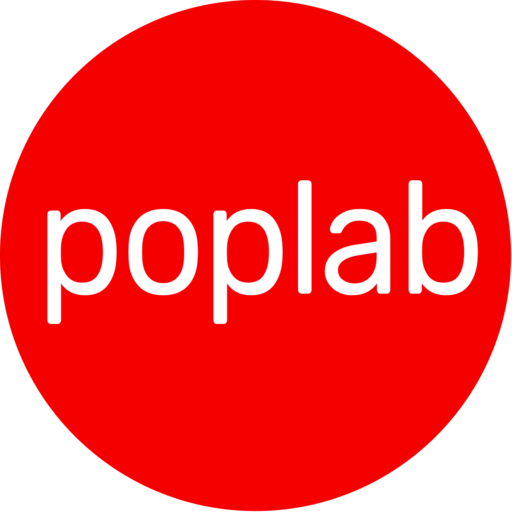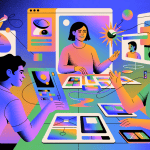Figma is a powerful design tool that allows you to create wireframes, mockups, and prototypes in a collaborative environment. But did you know that you can also use it in combination with chatbot technology? In this blog post, we’ll show you how to use Figma and ChatGPT to create a more efficient and personalized design process.
First, let’s take a look at what Figma is and what it can do. Figma is a cloud-based design tool that allows multiple users to work on the same file at the same time. It’s a great tool for creating wireframes, mockups, and prototypes, and it’s also perfect for collaborating with other designers, developers, and stakeholders.
Now, let’s talk about ChatGPT. ChatGPT is an advanced language generation model developed by OpenAI. It’s capable of understanding natural language and can be used to generate human-like text. This makes it an ideal tool for creating chatbot interfaces, natural language processing applications, and other conversational interfaces.
So, how can you use Figma and ChatGPT together? One way is to use ChatGPT to generate natural language for your chatbot interfaces. You can use Figma to create wireframes, mockups, and prototypes of your chatbot interface, and then use ChatGPT to generate the natural language that will be used in the final product.
Another way to use Figma and ChatGPT together is to use ChatGPT to generate content for your designs. For example, if you’re creating a landing page for a website, you can use Figma to create the wireframe and mockup, and then use ChatGPT to generate the text that will be used on the page. This can save you a lot of time and effort and can also help you create more personalized and engaging content.
Finally, you can use ChatGPT to generate user testing scenarios and feedback, this way you can use Figma to create wireframes, mockups and prototypes and use ChatGPT to generate natural language questions and feedback, this way you can test your design with more realistic scenarios.
In conclusion, Figma and ChatGPT are powerful tools that can be used together to create a more efficient and personalized design process. You can use Figma to create wireframes, mockups, and prototypes and use ChatGPT to generate natural language for your chatbot interfaces or to generate content for your designs. With this combination you can take your design process to the next level and create more engaging and realistic scenarios.







Leave a Reply